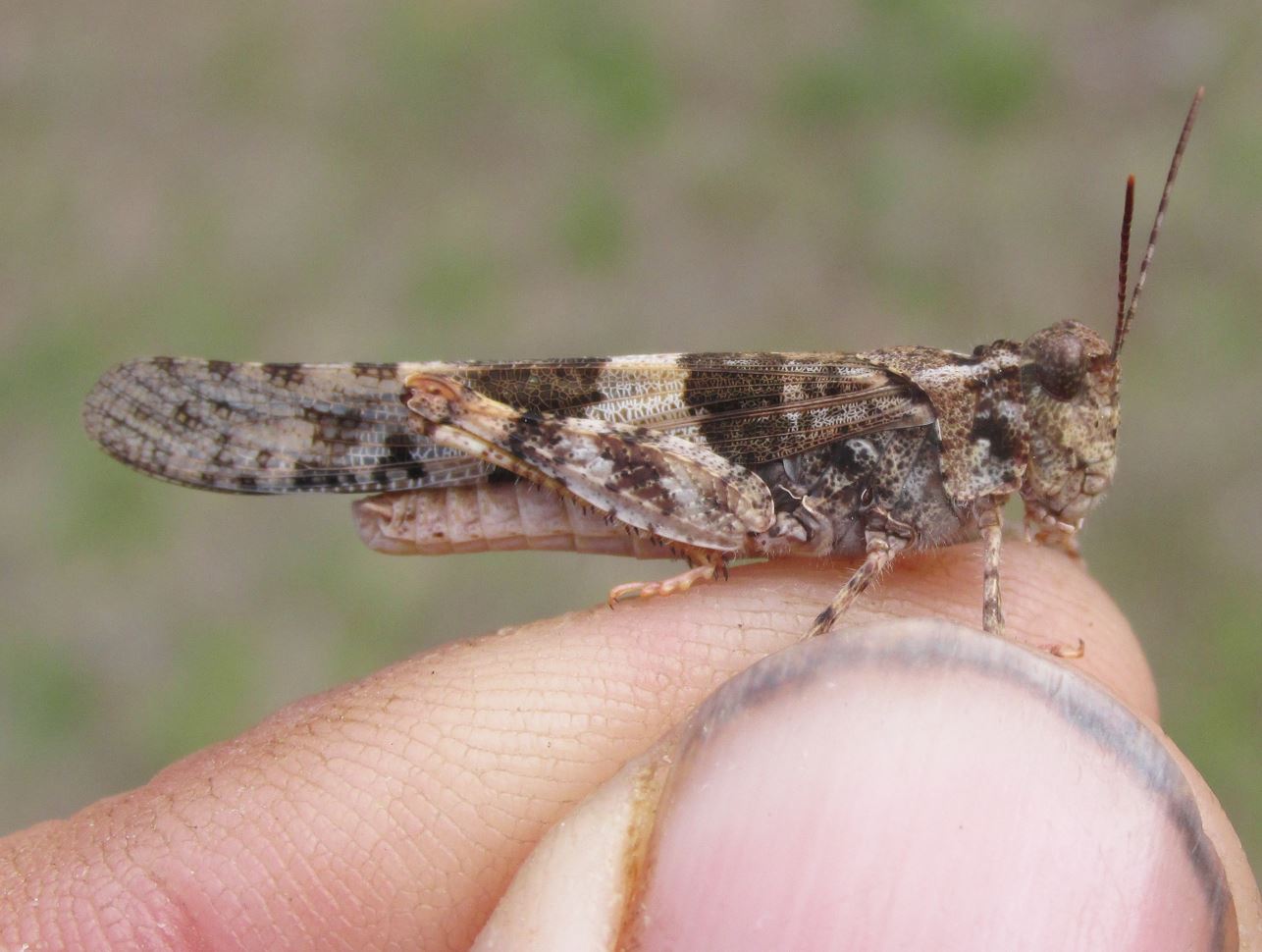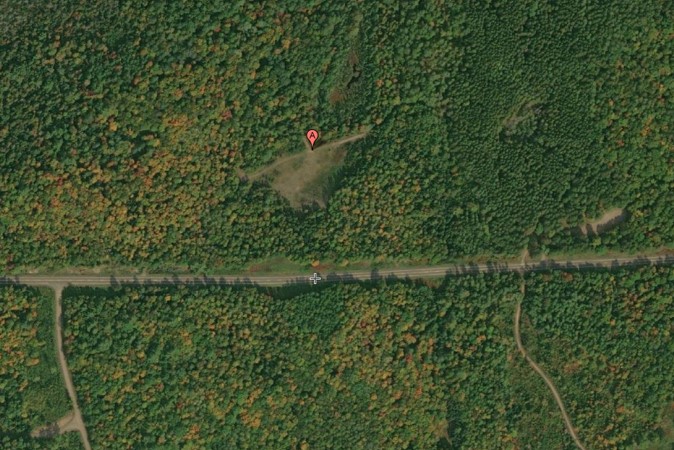Brust discovers grasshopper in unusual range expansion

CHADRON – In the Wisconsin Northwoods country during the summer of 2022, Chadron State College Professor Dr. Mathew Brust found a pallidwinged grasshopper thousands of miles from its natural breeding range while he was looking for the boreal tiger beetle.
“Sometimes on satellite photos, I can find abandoned gravel pits on Forest Service property so access is easy and those are often tiger beetle bonanzas. It was morning and the tiger beetles weren’t active yet but I scared up a grasshopper that looked like nothing that should be there that time of year,” he said. I collected it and suddenly realized it was a species way out of its natural range.”
There is a related species that looks similar, the Lake Huron locust, which is endangered in Wisconsin and threatened in Michigan. But it was early June, so the timing was not right for that insect, according to Brust.
“I wondered if it could be a pallidwinged grasshopper. It's one of those freak occurrences where I happened to be in the right place at the right time,” he said. “Historically, some of my finds have had these initial denial moments. I look at the insect and say, ‘You can't be here.’ Some ask me if it hitchhiked there or if it flew there. I'll never know.”
According to Brust, the CSC collection has 10,490 grasshopper specimens and he has about 300 more at his home since the company that made the archival storage cabinets that CSC has acquired in the past went out of business during the pandemic.
“Once we find a new supplier, we plan to order a lot. This one will end up in the CSC collection. It was in wonderful condition, possibly indicating perhaps it flew at a higher altitude,” he said.
It and related species are called band-winged grasshoppers because the hindwing is often bicolored with yellow and black or red and black.
“I'm one of a few people who would have known what species it was because band-winged grasshoppers are insanely difficult to identify. Most folks have probably seen them in the Sandhills. We've got about 30 species in Nebraska with yellow and black wings that make buzzing noises. To the novice, they all look alike,” Brust said.
The normal breeding range of the pallidwinged grasshopper is Arizona, New Mexico, and Utah, according to Brust. He said it probably also breeds in west Texas and as far north as southwestern Kansas or southern Colorado. He said other recent records indicate one has been collected in Missouri and one in Arkansas, and even one in southwestern Iowa in 2022. However, the Wisconsin record is over 300 miles to the northeast of even the Iowa record from the same year and is the first record from east of the Mississippi River.
Brust has collected one or two in southern Wyoming and a couple in Chadron.
“They've often been beaten up when I find them in western Nebraska. They probably traveled more than 500 to1,000 miles in some cases,” he said.
He plans to contact a friend who is the editor of the Southwestern Naturalist Journal to see if he would like to publish a brief article about the discovery.
“It will be a short paper. One of those quick notes about highly unusual range expansion,” he said.
Category: Campus News, Physical and Life Sciences

